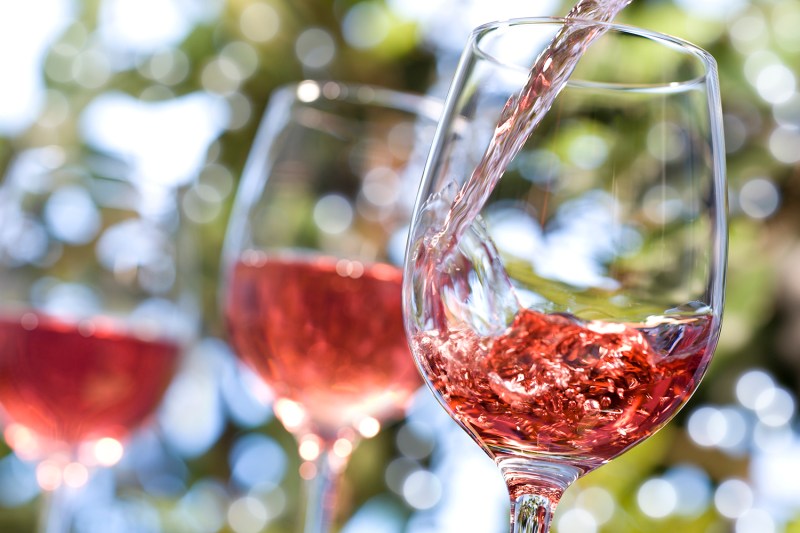
For a lot of Americans, White Zinfandel serves as their first foray into fermented fruit. In wine circles, it’s the ultimate punching bag. Polarizing as it may be, it’s enjoying a little bit of a comeback.
You’ve seen the bottles, outfitted with a white label with pink trim and filled with blush-hued juice. Sutter Home claims to have invented the stuff in the 1970s. Undoubtedly, smaller producers here and abroad were at least experimenting with the style before that. But the California giant popularized the stuff, capitalizing on a bit of experimentation.
The first batch was produced in 1972, somewhere between knee socks and Ziggy Stardust. It was made from saignée juice, or, the stuff that is naturally pressed due to the weight of the grapes. The first couple of vintages proved to be tough sells, but when a particularly solid batch was turned out 1975, America began to salivate. White Zin has since become Sutter Home’s namesake.
Why the White Zin vitriol? For some, it’s the simple nature of the wine. And wine, according to winos, is something to reflect on, not purchase at 7-Eleven and promptly pound (save that for cheap beer). For others, it’s probably the sweetness, giving it what some might dub an “amateur-ish” quality. Maybe it’s because the wine is mass-produced. Maybe it’s because it’s wildly popular. Traditionalists can’t stomach the thought of Zinfandel, a bold and established red, being treated like a white wine (don’t tell this group about White Pinot Noir).
Why do some adore it? Well, it’s a pretty color and goes down pretty easily. And in its defense, White Zin has probably introduced more Americans to wine than any other drink out there. As a gateway wine, it’s done a lot of favors for fellow winemakers and their brands. Besides, it’s rosé, one of the most reliable categories of wine around.
“The wineries that popularized this style were letting the grapes become overripe so they had to water down the juice as it was fermenting so the alcohol levels weren’t through the roof.”
In fairness, the original take is not very good. But neither is Coors Light or the McRib and look how they’re faring. But it can be good, as a new generation of vintners is finding out. California producers like End of Nowhere and Turley Cellars are trying to redefine White Zin, injecting a bit more in the way of flavor and detail into the wine.
Ian Atkins of Flat Brim Wines in Portland is among them. “White Zin in particular had a reputation of being a sugary mess but that was really just a poor approach to making it,” he says. “The wineries that popularized this style were letting the grapes become overripe so they had to water down the juice as it was fermenting so the alcohol levels weren’t through the roof.”
Atkins appreciates Zinfandel’s fruity and spicy traits but knows he’s working with a style that doesn’t have the best reputation. “I labeled it White Zinfandel as a way to get the conversation started [among] wine consumers,” he adds. “And as a winemaker, I’m inspired by the ’70s California wine industry. It’s been very successful for me and I think this new generation of very educated wine drinkers enjoys the taboo of drinking White Zin.”
White Zin remains a relatively inexpensive bottle you’re more than welcome to enjoy in a brown bag or as the last wine of the evening at a hazy backyard party. But it can also be improved with a little more TLC in the cellar. Then, it begins to behave like its more celebrated cousins, showing freshness, vigorous acidity, vivid fruit flavors, even a touch of smoke and spice.
If Merlot is on the rebound, why not another Golden State icon?


